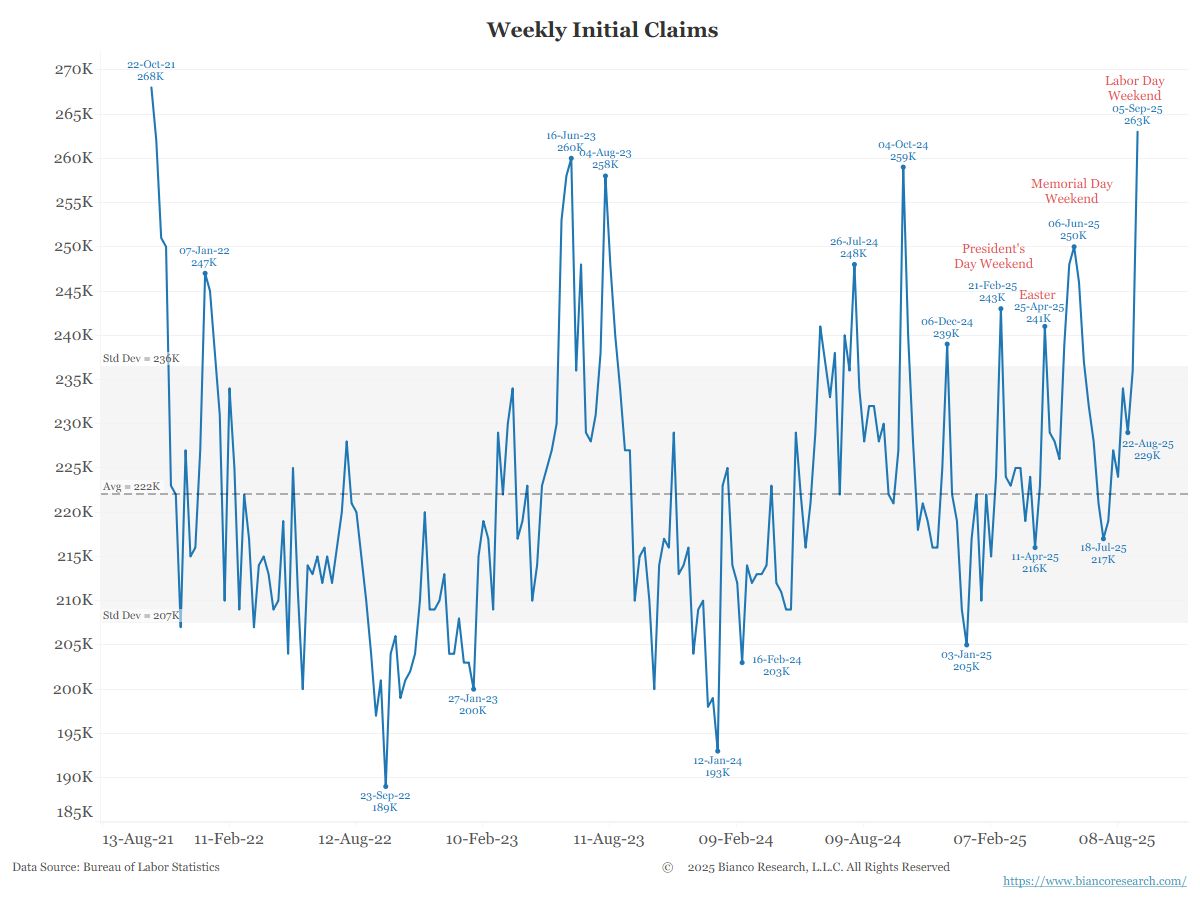- Similarly, to advocate colorblindness is not to pretend you don’t notice race. To advocate colorblindness is to endorse an ethical principle:
- The colorblind principle: we should treat people without regard to race, both in our public policy and in our private lives.
- Coleman Hughes, The End of Race Politics: Arguments for a Colorblind America (p. 19)
Coleman Hughes acknowledges that we pay attention to people’s appearance, that we are accustomed to classifying people by race, and that we tend to have presuppositions based on racial categories. He also says the goal that we should strive for is to treat people as individuals, without regard to race.
- The aim of colorblindness isn’t to avoid noticing race. For most of us, that’s impossible. The aim of colorblindness is to consciously disregard race as a reason to treat individuals differently and as a category on which to base public policy. (p. 19-20)
Race is an official category in the U.S. Census. The categories are White, Black, Native American, Asian, or Pacific Islander. These categories have no objective basis. Asian is broad enough to include Chinese, Korean, or Bengali. Black could mean someone with ancestors that include a few Africans but also many Europeans and Asians. Or it could mean someone with entirely African ancestry. People self-assign their racial category. One makes the best guess as to which category he or she belongs.
In addition, many government forms ask people to self-designate whether they are Hispanic. Again, there is no objective basis for the category. Does it refer to someone whose ancestors came from a Spanish-speaking country? Then it should include Spain but not Brazil as a country of origin, but not if Hispanic is meant to refer to someone whose ancestors come from the Western Hemisphere, south of the U.S. border.
The official categories were never based on science. Population geneticists might be able to use DNA to make guesses about one’s ancestral origin, but they do not sort people into races. Hughes points out that race is not an immutable characteristic. A tree is a tree, regardless of what we call it. There exists a black race only if we say so. In that sense, race is a social construct. We decide, based on skin color and other factors, to classify ourselves and classify others in terms of race.
When we decide to base our opinion of someone based on the person’s race that is racism. When we decide to base our treatment of someone based on the person’s race that is racism. The attempt to treat people instead based on their behavior is what Hughes calls colorblindness. I prefer to call it individualism.
In recent decades, we have seen a viewpoint become popular that regards all Black people as oppressed and all White people as oppressors. Proponents of this viewpoint call themselves anti-racists. Hughes finds that label misleading.
- True anti-racists don’t promote racial discrimination and racial stereotypes. And true anti-racists don’t try to justify racial prejudice, hatred, and hostility. They instead have the courage that inspired the civil rights movement: the courage, as we’ve seen, to oppose racial discrimination, stereotyping, prejudice, hatred, and hostility in all its forms. Neoracists like [Ibram] Kendi and [Robin] DiAngelo try to capitalize on the anti-racist brand loyalty cultivated by the civil rights movement while changing the product formula and filling the can with garbage that directly contradicts the aims and principles of the abolitionists and civil rights activists of the past.
- … Anyone who tries to justify racial discrimination, stereotyping, prejudice, hatred, or hostility can’t pretend to agree with either the letter or the spirit of the civil rights movement. If you keep these points clearly in mind, you won’t be fooled by the sham anti-racism peddled by neoracists. (p. 41-43)
Hughes instead terms this viewpoint neoracism. It applies to those who insist that white people enjoy “privilege” for being white and black people suffer from oppression for being black, and consequently the former should be penalized and the latter favored, regardless of their individual gifts and handicaps.
- Neoracists don’t want racial peace, but endless ideological war. When we see neoracism for what it is—racism in anti-racist clothing—we see why neoracists fail to support colorblind policies that would actually eliminate racism, and why they reject the colorblind principles that motivated the civil rights movement. p. 177
“Hughes believes that neoracism takes us in the wrong direction, away from the individualism he thinks we should strive for and instead in a direction of perpetual racial conflict.”
Hughes believes that neoracism takes us in the wrong direction, away from the individualism he thinks we should strive for and instead in a direction of perpetual racial conflict. He points out that differences within racial categories are often large relative to the average differences across racial categories. For example,
- One in five black Americans is either a first- or second-generation immigrant, which means they have no ancestral connection to American slavery. And that number is projected to grow substantially in the next few decades. This means that policies aimed at addressing the descendants of American slaves, for instance, cannot use black identity as a simple proxy for historical victimhood. (p. 12)
Hughes argues that activists set a better direction in earlier eras.
- Colorblindness was a key goal of the anti-slavery movement, and the main goal of the civil rights movement. It was not invented by conservatives or by racists. Rather, it was invented by the most radical anti-racist activists of the nineteenth and twentieth centuries, and then abandoned by the so-called anti-racists of our era. (p. 46-47)
Hughes suggests that America took a sudden, sharp turn away from colorblind individualism shortly after major Civil Rights legislation was passed in the mid-1960s.
- Why the sudden pivot away from colorblindness? The answer has to do in part with the race riots that rocked cities like Detroit and Newark in the mid-1960s—especially during the summer of 1967. Many Americans were shocked to see black people rioting at the very moment when it seemed that the civil rights movement had achieved its greatest successes. They expected that the movement’s success would have the effect of quelling civil unrest, but it did just the opposite. In the resulting confusion and dismay, people lost faith in the colorblind principle. (p. 57-58)
Americans became further demoralized about a decade ago, when many came to believe that police shooting of unarmed black men was a frequent occurrence that reflected racial animus.
- When Michael Brown was killed by Darren Wilson in Ferguson in 2014, the narrative that a racist cop had killed an unarmed black teenager who had his hands up spread quickly. As far as narratives go, this one tapped into every psychological trigger that would lead people to share it widely: black v. white, historical grievances, violence, and so on. The fact-check of this event—that Michael Brown did not have his hands up, had physically overpowered the officer, punched him, and tried to steal his gun—traveled slowly because it appealed more to reason than to outrage. (p. 94-95)
Hughes views with dismay the extent to which people over-estimate both the number of deaths at the hands of police and the extent to which police racism accounts for the deaths that do occur.
The viewpoint that Hughes terms neoracism is focused on disparity in average outcomes across races as evidence for social injustice.
- Neoracists believe that there would be no racial disparities, or at least no large ones, in a fair society. (p. 109)
Hughes counters that:
- The vast majority of such disparities are not plausibly explained by bigotry, systemic racism, or unfairness but by demographic and cultural differences between the groups in question at a particular time.
- … If discrimination were the main determinant of income, then we would expect to see similar levels of income from groups that face similar levels of discrimination. Instead we see groups that face lots of labor market discrimination scattered all over the income spectrum, from the very top to the very bottom. (p. 112-113)
Hughes argues that the advantages of diversity do not necessarily imply a need to set racial quotas.
- We often hear slogans such as “diversity is our strength.” As nice as these platitudes may sound, race is a meaningless trait that does not map neatly onto anything that we should care about. Therefore, racial diversity, by itself, is neutral. We may rehearse these nice-sounding platitudes, but nobody really believes that Earth, Wind & Fire would have been inherently better if they had added a white musician. Nor does anyone believe the Beatles were in desperate need of a Hispanic bandmate to round out their sound. (p. 155)
He does note that,
- … it’s a good thing that the NYPD is racially diverse because effective policing depends in part on the perceived legitimacy of the police. A police force that consisted of all white men would not be perceived as legitimate by a population as racially diverse as New York City’s. (p. 155)
Hughes concludes,
- At this moment in American history, we have a choice. We can follow neoracists down the path of endless racial strife, or we can recommit ourselves to the principles that motivated the civil rights movement—and not just the civil rights movement, but also the abolitionist movement and other movements around the world that oppose unjust discrimination. Those principles include a belief in our common humanity—the idea that what it takes for human beings to flourish has nothing essential to do with our skin color or ancestry or any of the other traits that people have used throughout history to divide themselves. And those principles include colorblindness—the idea that we should treat people without regard to race, both in our public policy and in our private lives. (p. 177-178)
Rock, Paper, Scissors
Hughes make his case eloquently and persuasively. I am still pessimistic that America will be able to move in his desired direction. Instead, I see a sort of cyclical argument that reminds me of the children’s game Rock, Paper, Scissors.
- Rock: People should be treated as individuals, not as members of a race.
- Paper: Disparities by race show that society is not fair.
- Scissors: Disparities in outcomes are due to differences in cultural and inherited traits.
Paper covers rock. That is, as long as we observe racial disparities in important outcomes, people will not be satisfied that individualism works in practice.
Scissors cuts paper. That is, one can defend disparities by race by pointing to differences in cultural and inherited traits.
Rock breaks scissors. That is, blaming disparities on cultural and inherited traits leads to crude racial stereotyping. Instead, we should treat people as individuals.
I see Hughes as playing rock against paper. I am afraid that he is not going to win this game. I am afraid that no one is going to win it.
*Arnold Kling has a Ph.D. in economics from the Massachusetts Institute of Technology. He is the author of several books, including Crisis of Abundance: Rethinking How We Pay for Health Care; Invisible Wealth: The Hidden Story of How Markets Work; Unchecked and Unbalanced: How the Discrepancy Between Knowledge and Power Caused the Financial Crisis and Threatens Democracy; and Specialization and Trade: A Re-introduction to Economics. He contributed to EconLog from January 2003 through August 2012.
Read more of what Arnold Kling’s been reading. For more book reviews and articles by Arnold Kling, see the Archive.















